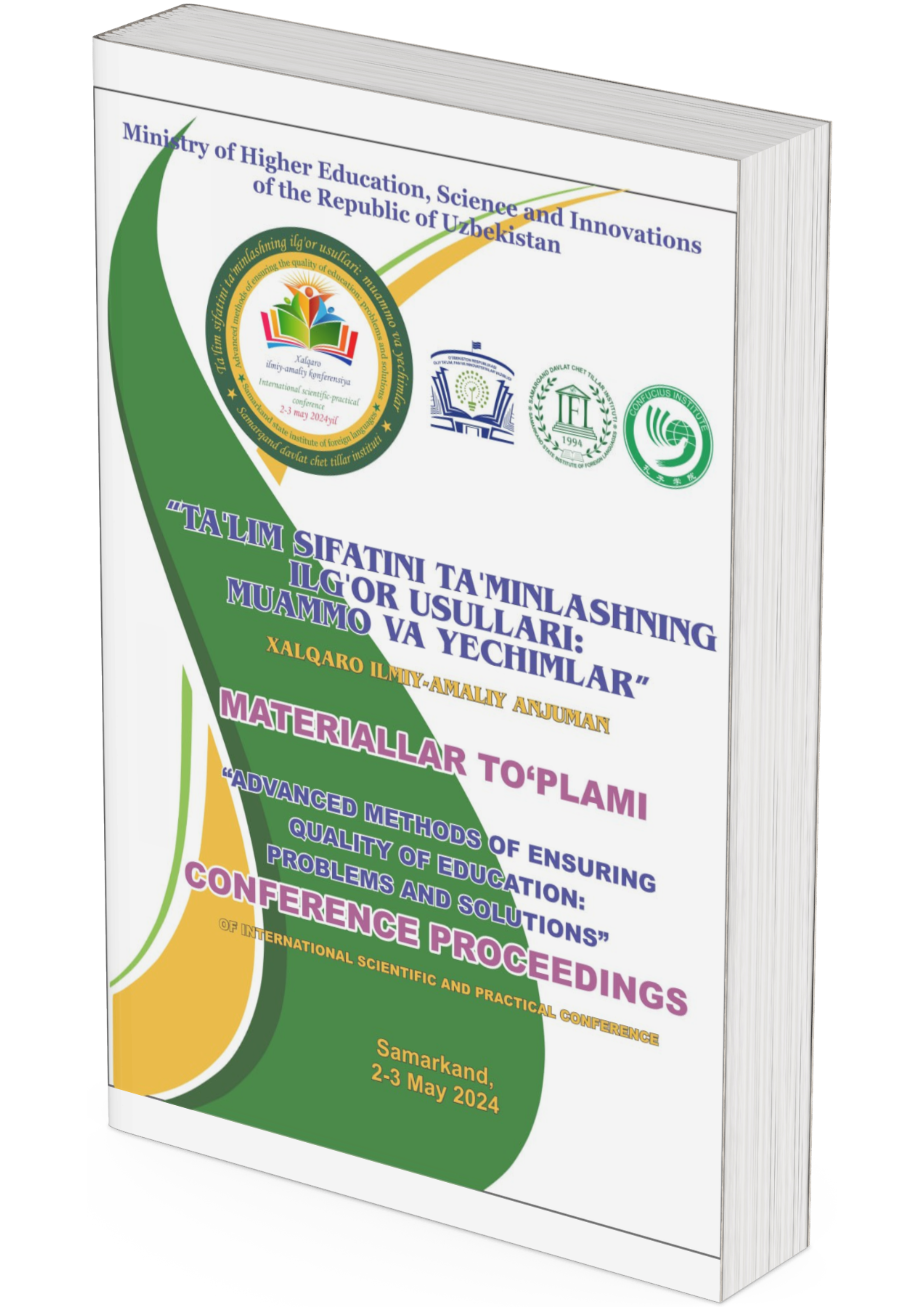THE IMPACT OF TECHNOLOGY ON ENGLISH LANGUAGE LEARNING: DISCUSSING THE ROLE OF AI, VIRTUAL REALITY, OR MOBILE APPS IN LANGUAGE ACQUISITION
DOI:
https://doi.org/10.2024/zv0rn684Keywords:
technology, English Language Learning, AI (Artificial Intelligence), Virtual Reality (VR), mobile apps, language acquisition, immersive learning, responsible innovation.Abstract
This article explores the impact of technology on English language learning. It discusses the role of AI, virtual reality, or mobile apps in language acquisition. AI platforms offer personalized learning experiences, fostering fluency through interactive conversations and instant feedback. VR immerses learners in realistic environments, facilitating experiential learning and cultural understanding.
References
Chapelle, C. A., & Sauro, S. (2017). Input enhancement and multimedia learning. In Input-based approaches to language learning (pp. 257-279). Routledge.
Darwish, N., & Vásquez, C. (Eds.). (2018). Language teacher education and technology: Approaches and practices. Bloomsbury Publishing.
Godwin-Jones, R. (2017). Evolving educational landscapes: A view from the present. Language Learning & Technology, 21(3), 9–24.
Ismailov, U. (2020). Network technologies and the importance of environment in English language teaching. Science and Education, (2), 120-128.
Jumayev, O, Tursunova, D. (2022). Prospects of using virtual technologies in English language teaching. Science and Education, (1), 78-84.
Lee, L. (2013). Teaching and learning by chatbot: Exploring possibilities. ReCALL, 25(1), 54-68.
Levy, M., & Stockwell, G. (2006). CALL Dimensions: Options and Issues in Computer-Assisted Language Learning. Lawrence Erlbaum Associates.
Lomicka, L., & Lord, G. (2017). Social networking and language learning. Language Learning & Technology, 21(2), 1–3.
Lu, M., & Corbett, J. (2019). TESOL Technology Standards: Description, implementation, integration. TESOL Journal, 10(1), e500.
Motteram, G. (2013). Innovations in learning technologies for English language teaching. British Council.
Thomas, M., & Reinders, H. (Eds.). (2010). Task-based language learning and teaching with technology. Continuum International Publishing Group.
Umidovna, F. S., & Solijonovna, U. O. (2024). The structure of Russian and Uzbek intonation and its peculiarities in pronunciation. Ta'limning zamonaviy transformatsiyasi, 3(3), 84-87.
Solijonovna U. O. et al. Sociolinguistic influence in the use of English as a second language (ESL) //Journal of new century innovations. – 2022. – Т. 10. – №. 4. – С. 3-6.
Solijonovna, Umarova Ozoda. "Semantics of the Category of Quantity in English and Uzbek Languages." American Journal of Language, Literacy and Learning in STEM Education (2993-2769) 2.1 (2024): 82-86.
Downloads
Published
Conference Proceedings Volume
Section
License
Copyright (c) 2024 Dilnoza Hasanova, Mehkamtosh Tojiyeva (Author)

This work is licensed under a Creative Commons Attribution 4.0 International License.









